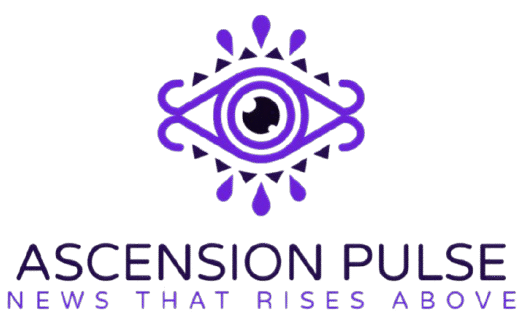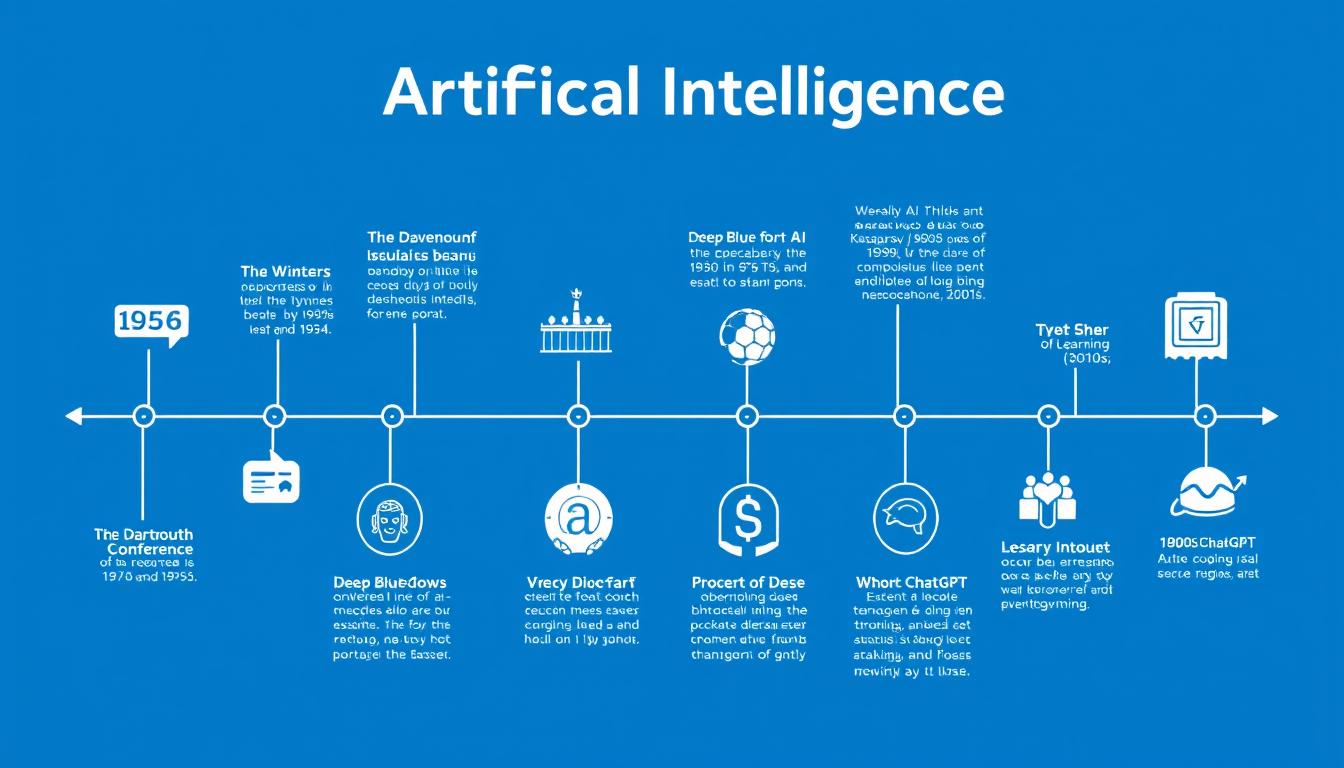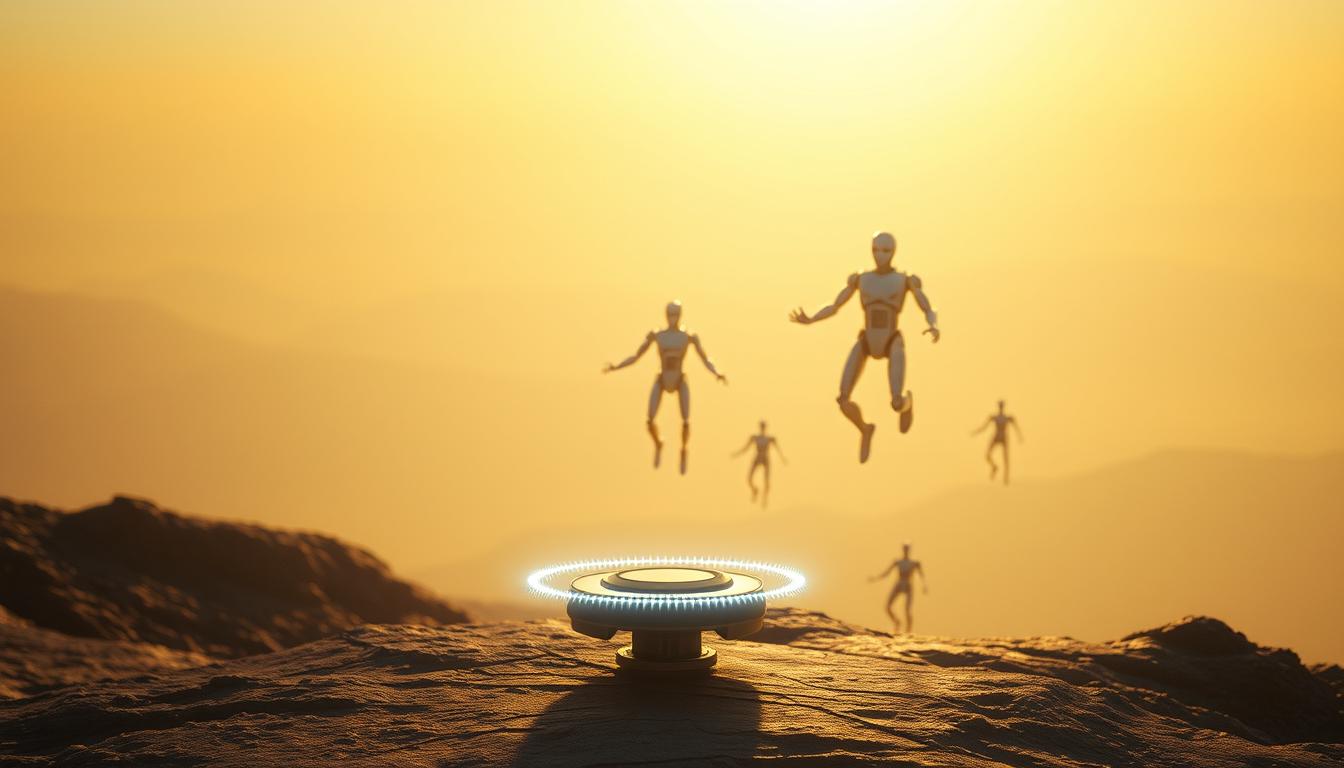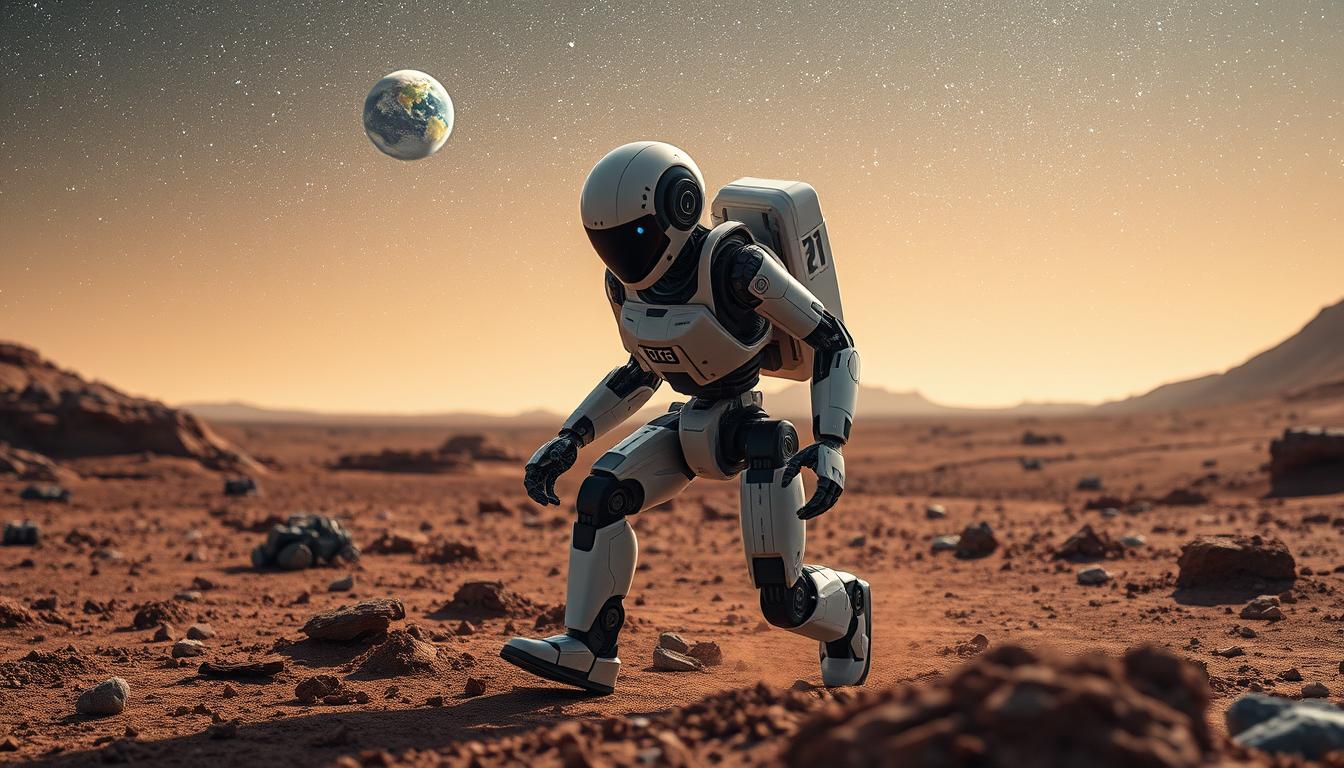
As humanity stands at the threshold of becoming a multi-planetary species, the convergence of robotics and artificial intelligence is creating unprecedented opportunities for cosmic exploration and unity. These technologies are not merely tools for space travel—they represent the foundation of a new era where intelligent machines and humans collaborate to bridge global divides and extend our collective reach into the cosmos. The journey toward cosmic unity is being accelerated by AI-powered robotics systems that can withstand the harsh conditions of space while making autonomous decisions that once required human intervention.
Technological Synergy: AI-Driven Robotics in Space Exploration
The synergy between artificial intelligence and robotics has revolutionized our approach to space exploration. Where human astronauts face biological limitations in the harsh environment of space, AI-powered robots can operate continuously, withstand extreme conditions, and perform with precision that exceeds human capabilities. This technological partnership is solving critical challenges that have historically limited our cosmic ambitions.
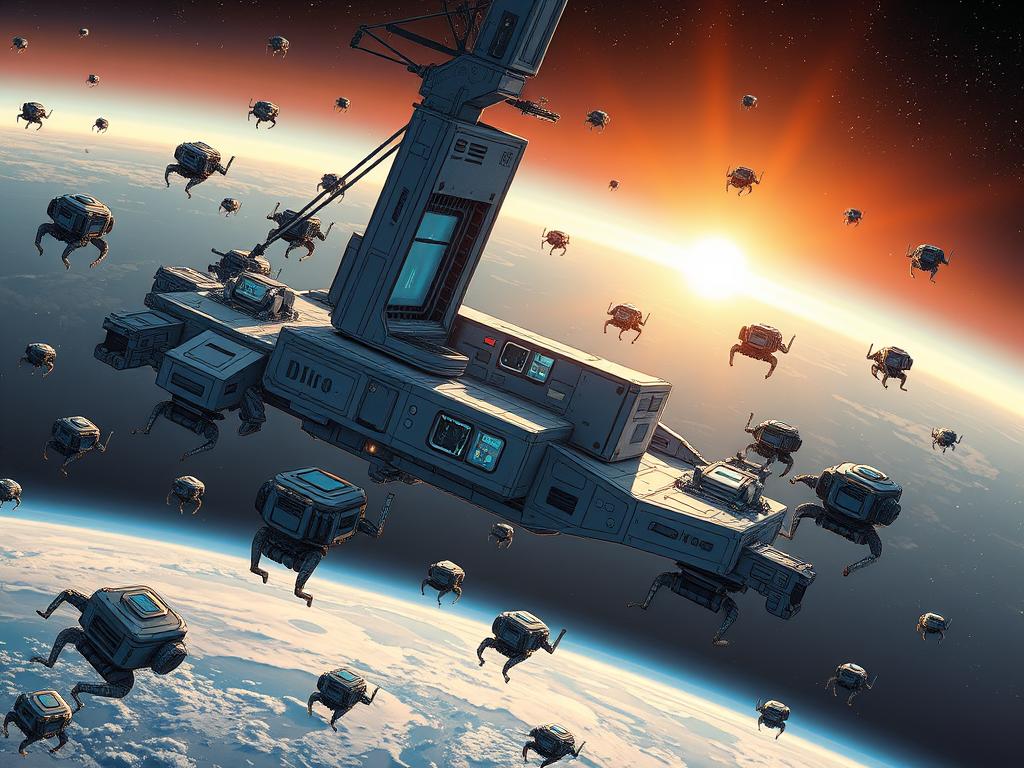
Autonomous Rovers: The Vanguard of Exploration
Modern space rovers represent a quantum leap from their early predecessors. Equipped with sophisticated AI systems, today’s rovers can navigate treacherous terrains, identify scientifically valuable specimens, and make real-time decisions without waiting for instructions from Earth. NASA’s Perseverance rover on Mars exemplifies this advancement, using its AI-powered Terrain Relative Navigation system to avoid hazards and select optimal landing sites autonomously.
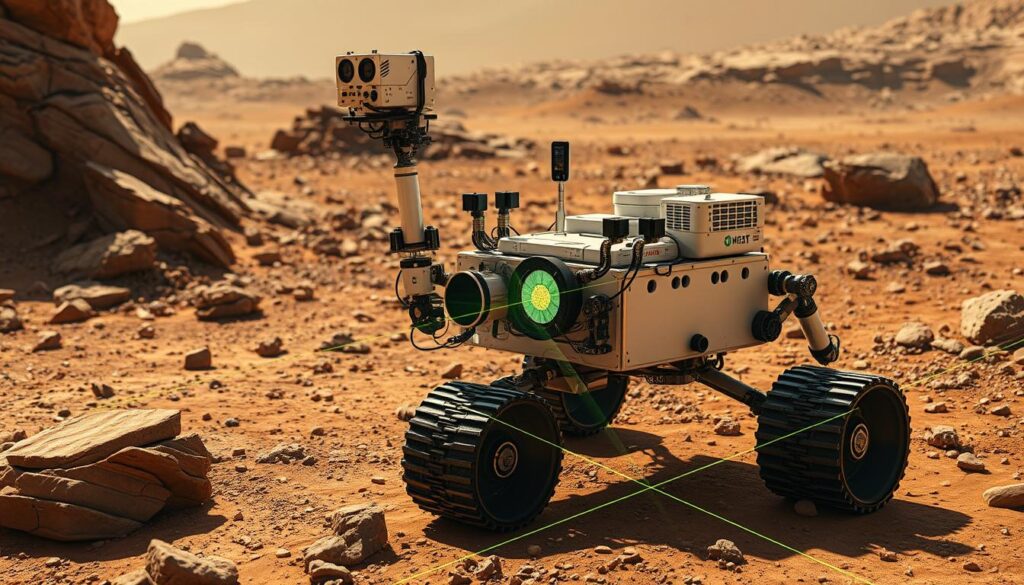
Swarm Robotics: Collective Intelligence in Space
Swarm robotics represents one of the most promising frontiers in space exploration. These systems consist of multiple simple robots that collaborate to accomplish complex tasks through emergent collective behavior. NASA and ESA are developing swarm technologies for asteroid mining, space debris removal, and the construction of large-scale structures in orbit. By distributing tasks across many units, swarm systems offer unprecedented resilience—if one unit fails, others can compensate without compromising the mission.
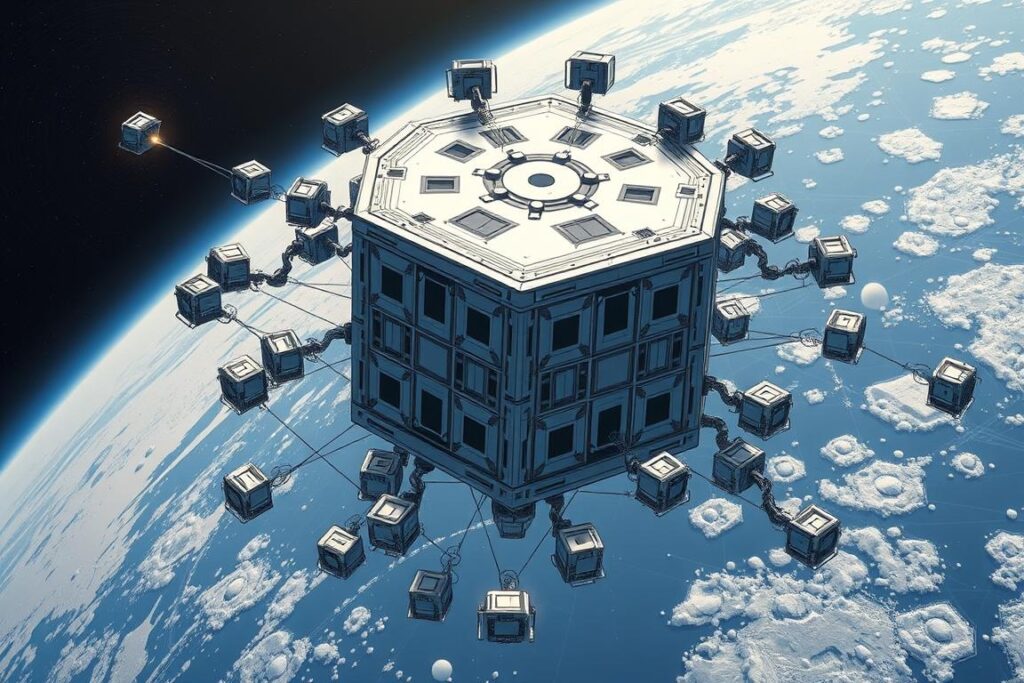
Case Studies: AI and Robotics Reshaping Our Cosmic Presence
The theoretical potential of AI-powered robotics in space is already being realized through groundbreaking missions and international collaborations. These real-world applications demonstrate how intelligent machines are extending humanity’s reach while fostering global cooperation.
NASA’s Perseverance and Ingenuity: AI-Powered Mars Exploration
The Mars 2020 mission represents a watershed moment in autonomous space exploration. The Perseverance rover employs an AI system called AEGIS (Autonomous Exploration for Gathering Increased Science) that can identify promising geological features and adjust its investigation priorities without human intervention. Meanwhile, the Ingenuity helicopter—the first aircraft to perform controlled flight on another planet—uses machine learning algorithms to navigate Mars’ thin atmosphere and unpredictable wind patterns.
These systems reduce the communication delay challenge between Earth and Mars, allowing the mission to accomplish in days what would previously have taken weeks. The AI’s ability to prioritize scientifically valuable targets has already led to several breakthrough discoveries about Mars’ ancient habitability.
International Space Station: Robotic Collaboration Across Borders
The International Space Station (ISS) has become a testbed for robotic systems that transcend national boundaries. The Canadarm2 robotic arm, the European Robotic Arm, and Japan’s Kibo robotic arm work in concert with NASA’s Robonaut humanoid assistant. These systems are increasingly guided by AI that can predict maintenance needs, manage resources, and assist astronauts with complex tasks.
What makes this case particularly significant is how these robotic systems, developed by different countries, have been integrated into a cohesive operational framework. This technological harmony mirrors the diplomatic cooperation that makes the ISS possible, creating a model for how robotics and AI can foster international collaboration in space.
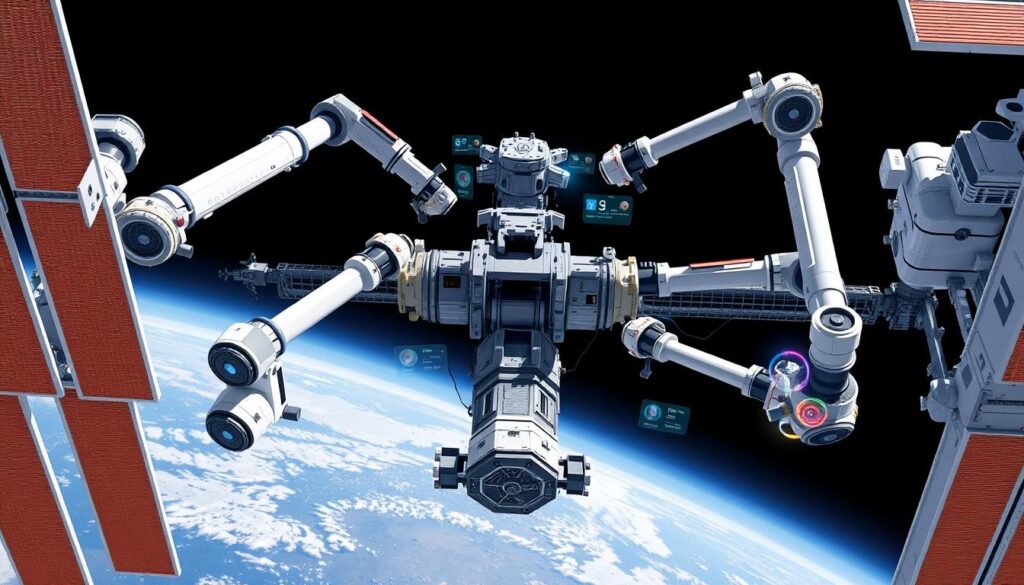
Ethical and Philosophical Dimensions of Cosmic AI
As we deploy increasingly autonomous systems beyond Earth, we face profound ethical questions about the role of artificial intelligence in representing humanity among the stars. These considerations extend beyond technical challenges to the very nature of consciousness, decision-making, and our place in the universe.
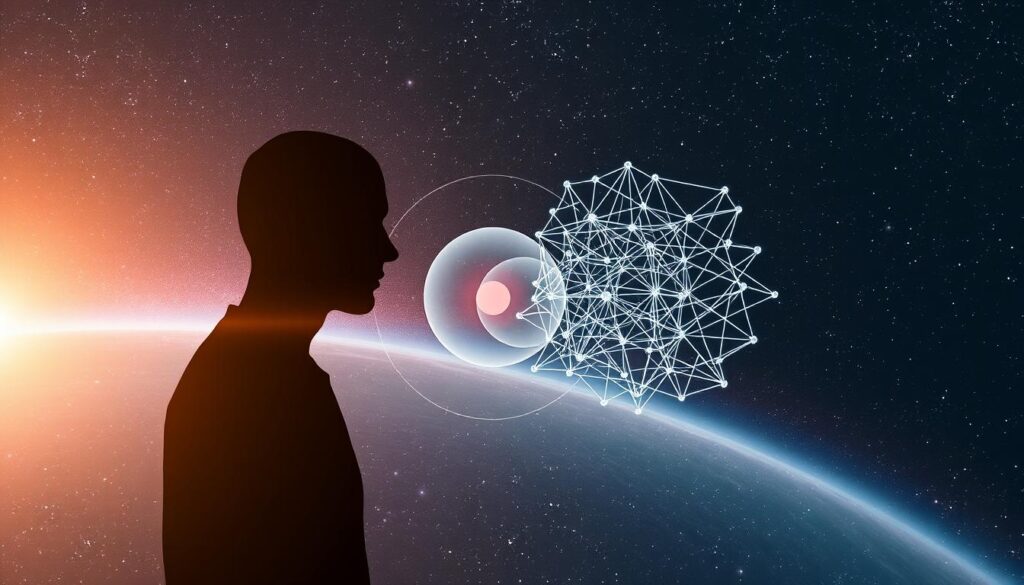
Ethical AI Frameworks for Interstellar Governance
As AI systems gain greater autonomy in space missions, establishing robust ethical frameworks becomes essential. The “Cosmic Ethics Consortium,” a collaboration between space agencies, philosophers, and AI researchers, is developing principles for AI behavior beyond Earth. These frameworks address questions such as: Should AI systems prioritize scientific discovery over self-preservation? How should autonomous systems resolve conflicts between mission objectives and unexpected opportunities? What degree of decision-making authority should be delegated to AI in first-contact scenarios?

Cross-Cultural AI Development for Universal Representation
If AI systems will represent humanity in the cosmos, they must embody the full spectrum of human cultural perspectives. The “Universal Cultural Algorithm Initiative” brings together programmers, anthropologists, and cultural leaders from diverse backgrounds to ensure that space-bound AI systems incorporate varied cultural values, decision-making approaches, and knowledge systems. This initiative recognizes that truly representative cosmic AI must transcend the cultural biases of its creators.
Future Vision: AI and Robotics as Unifiers of Humanity
Looking beyond current applications, the integration of advanced AI with robotics holds the potential to unify humanity through shared cosmic goals. These technologies may fundamentally reshape our relationship with space and with each other.
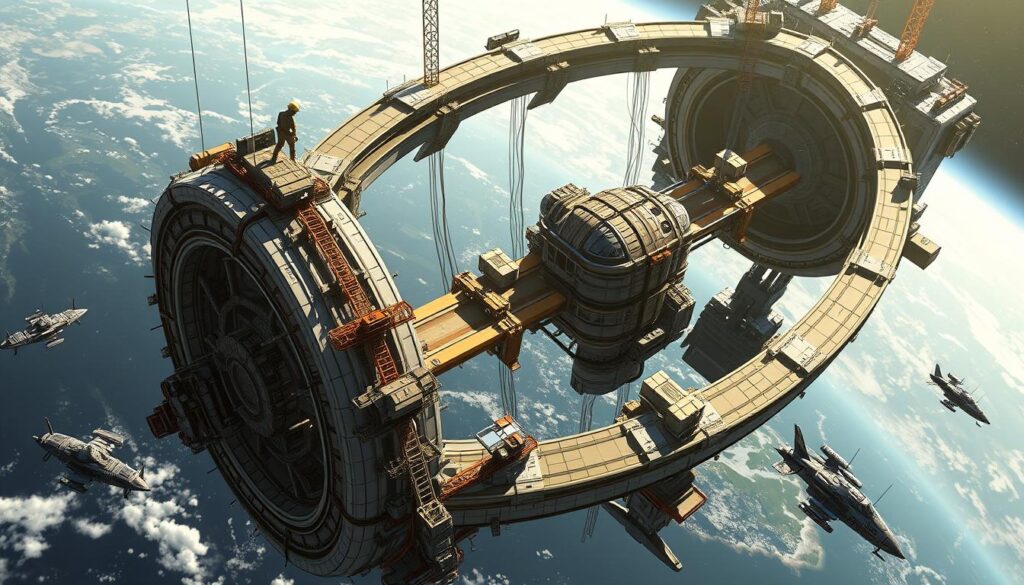
Terraforming: Collaborative Planetary Engineering
The monumental task of terraforming other worlds—making them habitable for Earth life—exceeds the capabilities of any single nation. AI-coordinated robotic systems offer a path to collaborative planetary engineering that distributes both the burden and benefits across humanity. Preliminary simulations suggest that swarms of autonomous robots could establish self-sustaining ecosystems on Mars within a century, creating atmospheric generators, water management systems, and initial microbial colonies that would gradually transform the planet.
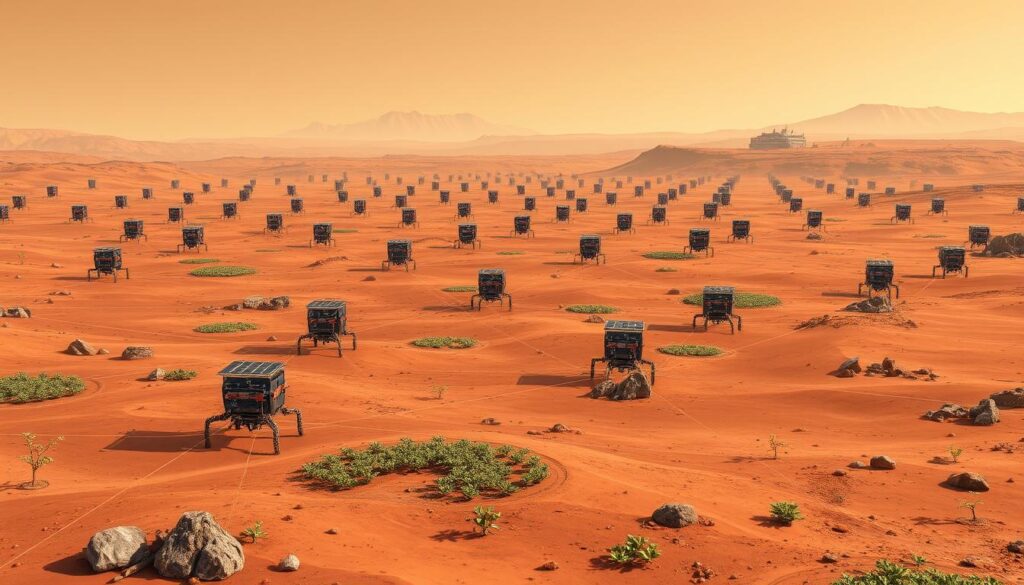
Alien Communication Protocols: AI as Cosmic Interpreters
The challenge of communicating with potential extraterrestrial intelligence transcends human linguistic capabilities. Advanced AI systems are being developed to serve as cosmic interpreters, capable of recognizing and decoding patterns that might constitute non-human communication. These systems combine linguistics, information theory, and novel pattern recognition algorithms to create a framework for interspecies understanding.
What makes this development particularly unifying is that it requires pooling human knowledge across disciplines and cultures. The “Cosmic Rosetta” project brings together linguists, mathematicians, biologists, and indigenous knowledge keepers to create AI systems that represent the full spectrum of human communication approaches.
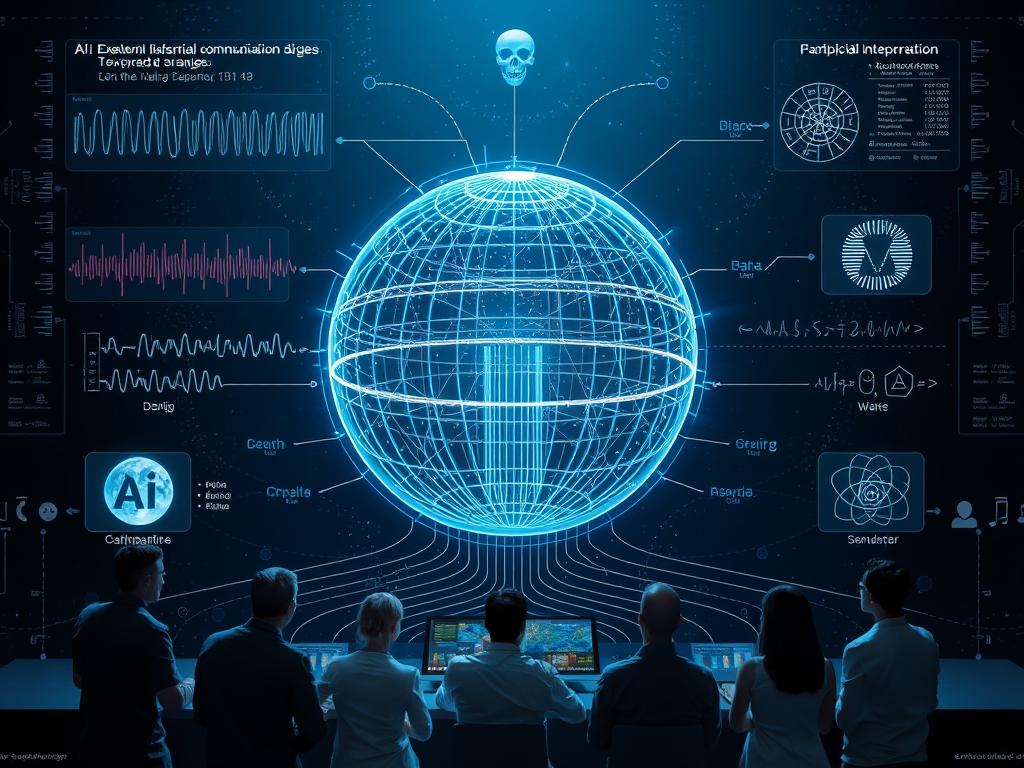
Conclusion: Our Shared Cosmic Journey
The integration of robotics and AI is not merely accelerating our exploration of space—it is fundamentally transforming our relationship with the cosmos and with each other. As these technologies enable us to extend our presence beyond Earth, they simultaneously create new frameworks for global collaboration, ethical consideration, and shared purpose.
The journey toward cosmic unity through technology is just beginning. The robots and AI systems we send to the stars today are the vanguards of a new era of exploration and cooperation. They represent not just the technical ingenuity of their creators, but the collective aspirations of humanity reaching outward together.
As we continue to develop these technologies, we have the opportunity to ensure they embody our highest values—curiosity, cooperation, and care for the environments we encounter. By approaching the development of space-bound AI and robotics with thoughtfulness and inclusivity, we can create technologies that not only explore the cosmos on our behalf but unite us in the process.
